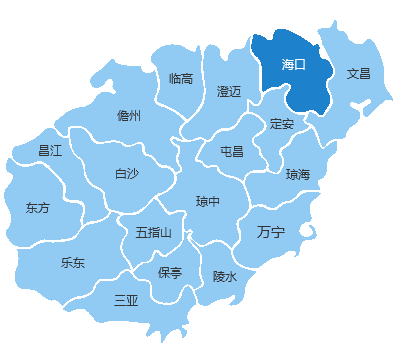摘要:Competitive Real Estate Properties in English,When discussing competitive real e...
打折微信:18089828470
Competitive Real Estate Properties in English
When discussing competitive real estate properties, it is essential to highlight their unique features and advantages. These properties often stand out in the market due to their high-quality construction, exquisite design, and strategic location.
The marketing strategies employed by real estate developers are also crucial in making these properties stand out. Effective advertising campaigns, social media promotions, and partnerships with popular brands can create significant interest and drive sales.
Furthermore, the amenities provided within these properties play a vital role in attracting potential buyers. From state-of-the-art fitness centers and swimming pools to advanced security systems and green spaces, these features enhance the overall living experience.
In conclusion, competitive real estate properties are those that offer exceptional value, quality, and convenience to their owners. They are not just properties; they are investments that promise a bright future for those who choose them.

Competitive Real Estate Properties: An Academic Analysis
In the dynamic field of real estate, competitive analysis is crucial for understanding market dynamics and identifying opportunities for growth. This article delves into the concept of competitive real estate properties, exploring their characteristics, implications for market participants, and the methodologies employed in their evaluation.
Definition and Scope
Competitive real estate properties refer to properties that are situated in areas with high demand, high competition among buyers or tenants, and significant potential for value appreciation. These properties are often characterized by their strategic location, superior construction quality, and innovative features that cater to the needs and preferences of modern consumers.
Characteristics of Competitive Real Estate
1. Location: A strategic location is a cornerstone of competitive real estate. Properties in prime locations, such as near business districts, educational institutions, healthcare facilities, and recreational areas, tend to attract more interest and command higher prices.
2. Quality Construction: High-quality construction materials, innovative design, and superior build quality are essential features that differentiate competitive properties from their peers. These properties often incorporate sustainable building practices and energy-efficient systems to meet the growing demand for eco-friendly living spaces.
3. Innovation and Features: Competitive real estate properties often feature cutting-edge technology, modern amenities, and unique design elements that enhance the living experience. This could include smart home systems, high-speed internet connectivity, fitness centers, swimming pools, and landscaped gardens.
4. Market Positioning: Effective market positioning is crucial for competitive real estate properties. This involves understanding the target demographic, leveraging digital marketing strategies, and maintaining a strong online presence to showcase properties and attract potential buyers or tenants.
Implications for Market Participants
For developers and investors, competitive real estate properties represent significant opportunities and challenges. On one hand, they offer the potential for high returns through property appreciation and rental income. On the other hand, they require a deep understanding of market trends, robust competition analysis, and strategic planning to succeed.
For consumers, competitive real estate properties provide a range of benefits, including access to prime locations, high-quality living standards, and innovative features that enhance their lifestyle and productivity. However, they also require careful consideration of factors such as price, amenities, and overall value proposition.
Methodologies for Evaluation
Evaluating competitive real estate properties involves a combination of quantitative and qualitative analysis techniques. Key methodologies include:
1. Market Analysis: Conducting comprehensive market analysis to understand demand, supply, and pricing trends in the area. This involves studying demographic data, economic indicators, and competitor activities to identify market opportunities and threats.
2. SWOT Analysis: Evaluating the strengths, weaknesses, opportunities, and threats related to specific competitive properties. This helps in understanding the competitive landscape and formulating strategies to leverage strengths and opportunities while mitigating weaknesses and threats.
3. Financial Analysis: Assessing the financial performance of competitive properties through various metrics such as capitalization rate (cap rate), net operating income (NOI), and return on investment (ROI). This provides insights into the property"s profitability and investment viability.
4. Comparative Analysis: Comparing the features, location, and market positioning of competitive properties with those of other properties in the same market. This helps in identifying competitive advantages and areas for improvement.
Conclusion
Competitive real estate properties play a pivotal role in the dynamic real estate market. Understanding their characteristics, implications for market participants, and evaluation methodologies is essential for success in this field. By employing robust analytical tools and strategies, stakeholders can navigate the competitive landscape, identify opportunities for growth, and achieve sustainable success in the real estate industry.
购房热线:1
808
9
82847

关注公众号获取实时房价信息

海南房产咨询师
儋州现房 儋州购房 儋州酒店式公寓 儋州特价房 儋州房价走势 儋州房价趋势 儋州限购 儋州二手房 儋州房价暴跌 儋州楼盘 儋州联排别墅 儋州房价多少 儋州二手房 儋州房价暴跌 儋州楼盘



